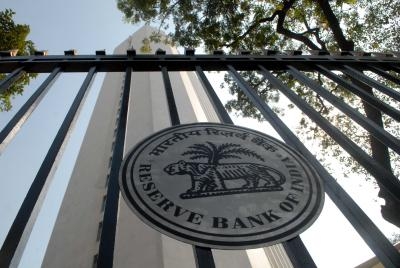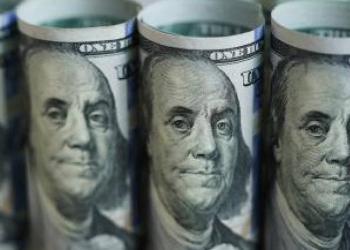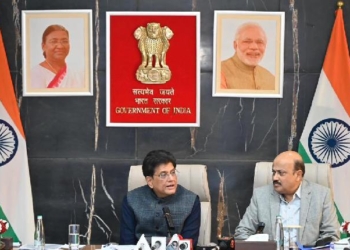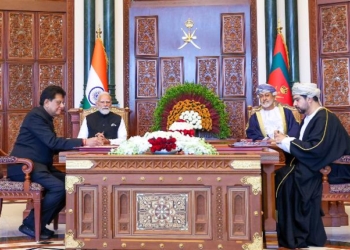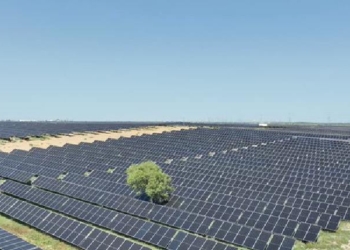Mumbai: RBI Governor Sanjay Malhotra on Wednesday announced a 25 basis cut in the policy rate from 6.25 per cent to 6 per cent and change in monetary policy stance from neutral to accommodative to accelerate economic growth.
The RBI Governor said that the decision to cut the repo rate has been taken unanimously by the Monetary Policy Committee (MPC) keeping in mind the macroeconomic and financial conditions and outlook.
Malhotra said that the MPC has decided to change the monetary policy stance from neutral to accommodative, which will pave the way for easing the monetary policy with more liquidity injections to accelerate economic activity.
This will replace the Neutral stance which requires neither stimulation nor curbs on liquidity, he explained.
The RBI Governor further stated that while inflation has come down in the Indian economy, the central bank would remain vigilant due to the global risks posed by the hike in US tariffs.
He said that the RBI will ensure adequate liquidity in the banking system.
After the repo rate cut, the Standing Deposit Facility, the SDF rate, under the liquidity adjustment facility, will stand adjusted to 5.75 per cent, and the Marginal Standing Facility rate, or the MSF rate, and the bank rate will stand adjusted to 6.25 per cent, Malhotra said.
This is the second consecutive 25 basis reduction in the repo rate after it was reduced in February for the first time since May 2020.
A lower policy rate leads to a decline in interest rate on bank loans which makes borrowing easier for consumers as well as businesses resulting in higher consumption and investments in the economy leading to higher growth.
However, the effectiveness of this rate cut will largely hinge on how quickly and efficiently commercial banks pass on the benefits to borrowers.
He also announced that the RBI has reduced the GDP growth projection for the Indian economy to 6.5 per cent from 6.7 per cent earlier.
The easing in monetary policy comes on the back of the finance minister sticking to the fiscal consolidation path with a reduction in the fiscal deficit target to 4.4 per cent of the GDP for 2025-26 from 4.8 per cent earlier, which has reduced the need for market borrowing by the Government.
This leaves more headroom for the RBI to adopt a soft money policy to spur growth.
(IANS)




